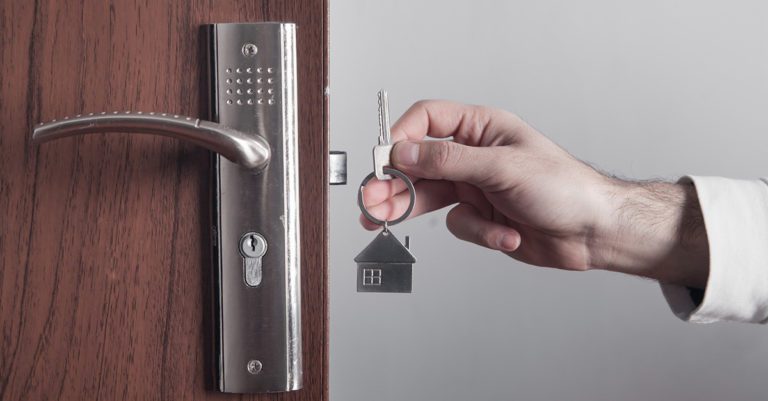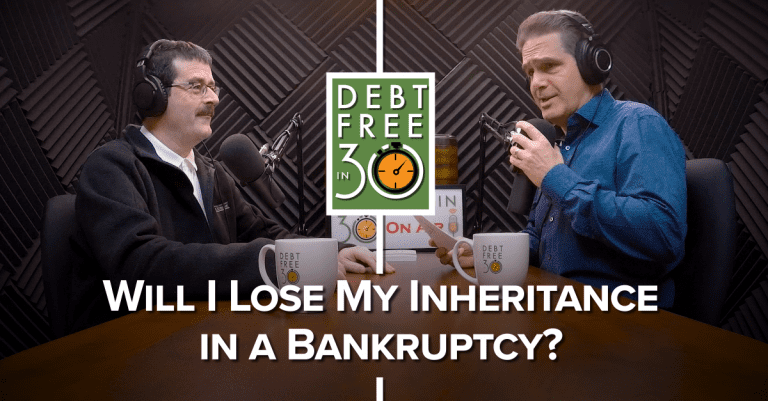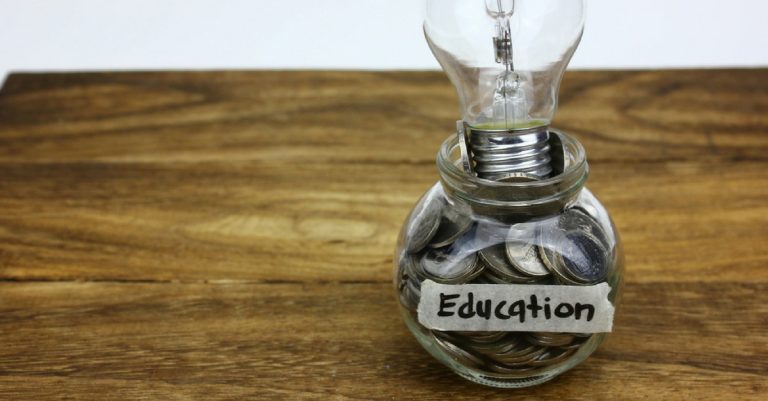How Insolvency Affects Your Assets | What Can or Can't Be Seized
Understand how your assets and property are affected when filing for bankruptcy or a consumer proposal in Canada. Learn about exempt assets you can keep, including basic household items, tools of trade, and certain registered savings accounts. Discover what happens to your home, vehicle, and other valuable possessions during insolvency proceedings. Get information on how property is valued and what factors determine whether you can retain specific assets. Learn about the concept of equity and how it impacts asset retention. Understand the differences in asset treatment between bankruptcies and consumer proposals. This section provides crucial information to help you make informed decisions about your property when considering debt relief options.
Worried about losing your assets? Contact Hoyes Michalos for a free consultation. Our Licensed Insolvency Trustees will explain how your property might be affected and help you explore options to protect your assets.
Will you lose everything if you file for bankruptcy in Ontario? We explain what assets you keep by law, what you may lose and an alternative option you may have so you can keep everything.
How does filing for a bankruptcy affect different registered financial accounts? Here is our comprehensive guide on how RRSPs, RRIFs, RDSPs, DPSPs, TFSAs, RESPs and others are treated in a bankruptcy.
Facing challenges closing your pre-construction condo purchase? This article explains why buyers struggle to close in today's market, what happens if you can't complete your purchase, and reviews your options - including both financing alternatives and debt relief solutions. Learn what professional help you need and when to seek advice.
Learn if you can keep your car in a consumer proposal in Canada whether owned or finances. Understand provincial exemptions, secured debts, and key rules to protect your vehicle.
Did you know that if you file for a consumer proposal your assets are fully protected? We break all the information down for you, from how a proposal affects your home, vehicle and other investments.
There is a common misconception that when you file for bankruptcy in Canada, you lose everything. But that's not true. In this post we outline exempt and non-exempt assets in a bankruptcy and how a consumer proposal actually allows you to keep everything.
Are leased or financed vehicles included in your bankruptcy? Learn how car payments are treated in a bankruptcy or consumer proposal and what happens to your car loan or lease obligation.
Do you own a joint asset with an individual who is declaring bankruptcy? Find out the impact that bankruptcy has on jointly owned homes, vehicles, and bank accounts, and what you can do.
Learn what happens to “cash windfalls” like an inheritance or lottery win when you file bankruptcy and how you can keep these funds in a consumer proposal.
A consumer proposal deals with unsecured debts, not secured debts like a mortgage. If that's the case, find out how filing a consumer proposal affects your home equity, an existing or even qualifying for a future mortgage?
Bankruptcy law does not protect RDSPs but the courts have ruled that they are exempt assets. Learn what this means for your registered disability savings and your bankruptcy.
Are you or someone you know filing bankruptcy and they have a share in a family cottage? Learn about how shared real estate is dealt with in a bankruptcy and other options you may have.
Do you want to learn more about how insolvency can affect your home? This blog outlines Ontario’s exemption law on home equity, current mortgages, and strategies to plan your way out of debt while keeping your house.
How you finance a car purchase can lead to financial problems. Find out how longer term car loans and rollovers are contributing to loan shortfalls and insolvency filings.
Air miles points and other loyalty program points are considered your personal property. We explain what assets are included and exempt from a bankruptcy, and what happens to your loyalty points.
Provincial legislation on how home equity is treated in a bankruptcy or proposal differs by province. We explain how much equity is exempt or protected from seizure, and when, under Ontario's Execution Act.
If you are a small business, influencer and someone who makes money from your social profile, find out when or if a personal or business social media profile would be included in a bankruptcy in Ontario.
When you file for bankruptcy, you make monthly payments and surrender certain assets. Find out how these proceeds are distributed to your creditors to release your debts.
Learn about how filing for bankruptcy will affect money you may have set aside in an RESP savings and options you have to protect those funds for your children.




















